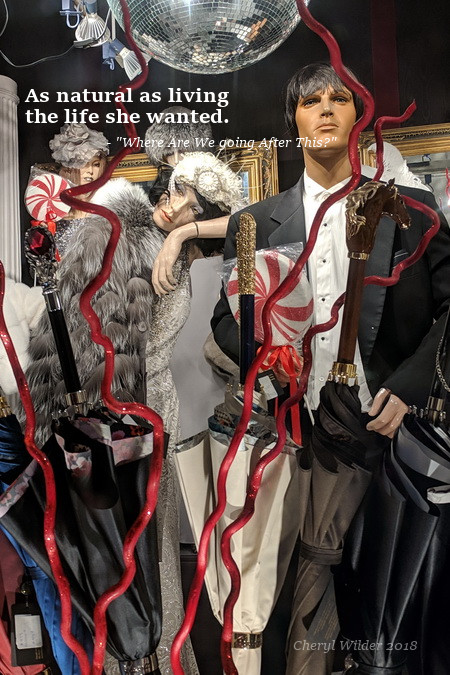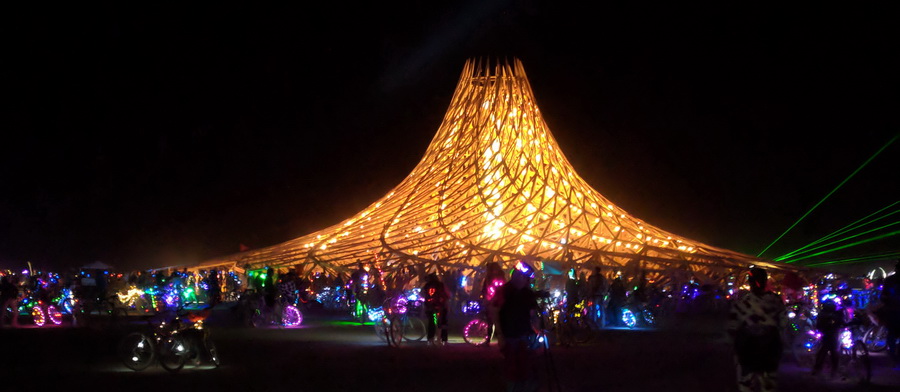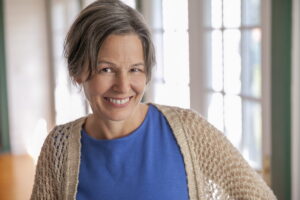
A few years ago, an ER doctor asked me if my mother was DNR. Mom was in cardiac arrest. The doctor and I stood in the hallway, just outside of Mom’s room. I answered with Mom’s wishes: Yes. (She had spent the previous eight months battling squamous cell carcinoma of the tonsils.)
The doctor confirmed by asking, So, a natural death?
Natural death?
I understand the clinical use of natural death, as opposed to accidental, suicide, or homicide. (Here’s a brief article by Live Science that explains it well.) Yet, in the moment between the doctor’s question and my answer, I thought about the role choices play in shaping a life. And, how all the choices one makes, lead up to a final descriptor. In Mom’s case: natural death.
This may seem like a lot to think about in that brief emotionally charged moment. Made all that more intense by deciding to grant Mom’s wishes, which meant telling a doctor to let Mom die right then and there. But, Mom was a lifetime smoker, starting back in her high school days. She died at the age of 68, which is over 50 years of inhaling carcinogens. She also enjoyed her alcohol. (Two main risk factors in her specific cancer.) Therefore, the thought about life choices was simply an extension of thoughts I had been battling as her caregiver.
Living Choices
Since the age of twenty, I have scrutinized choice. Its definition. How and why choices are made. For example, is it the last choice that matters, or all the accumulating decisions that lead up to that final defining moment? And, where does the fine line of accountability lie?
I would say, most choices are small, often overlooked, everyday decisions. They reside in what I describe as a gray area–there’s no immediate extreme scenario. And extreme scenarios, whether celebratory or traumatic, garner the most attention. Our current social climate is a byproduct of our focus on extremes. What society defines as important, is what attracts the most attention.
I would argue that the gray area is of great importance; it is where most people spend the majority of their time. I’m not saying that decisions made in extreme scenarios are unimportant. I am saying, every choice we make becomes our life choices.
Zen Master Thich Nhat Hanh teaches, “The best way to take care of the future is to take care of the present moment.” The present moment is where choices are made. And, just like when a prosecutor decides whether to charge someone with voluntary or involuntary manslaughter, intent matters.
Looking Forward
In 2019, Barely South Review will publish my first true-blue creative nonfiction essay. Within the essay’s main story (which takes place the day Mom died), I open up a piece of my life that I have attempted to tell for the past 24 years. There’s a countless number of entry points into the telling of a story. For years I struggled in choosing one. My mother’s illness and death is where I found my way.
Mom never apologized for who she was, and she insisted I do the same for myself. Though our relationship, at times, was tough, I am grateful that she became the entry point I needed to tell a difficult story. Her life is newly entwined with mine. It’s so Mom, to be stubborn and ornery right up until the end that I wanted to pull my hair out, and still teaching me lessons.

Excerpt from “Where Are We Going After This,” an essay forthcoming in Barely South Review, Spring 2019.
Photos taken by author. All rights reserved.




[…] patiently waits for my writing to be less sad for her to read. To be fair, I write a lot about situations she has lived and doesn’t necessarily care to relive. I totally get […]